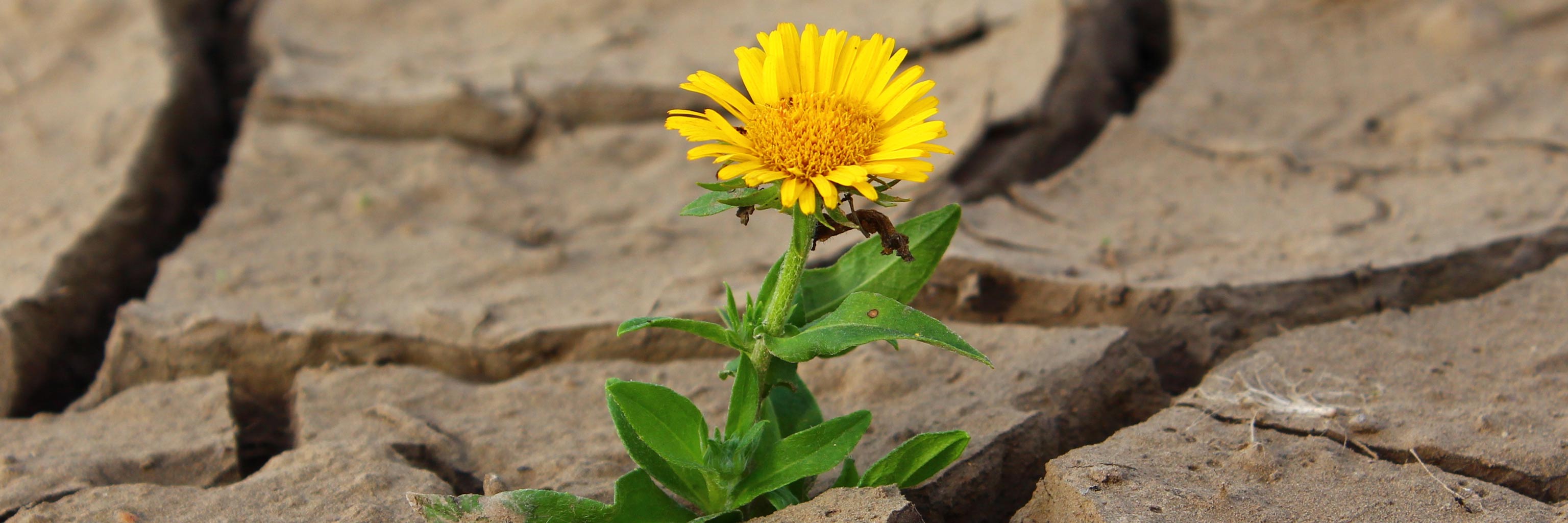Recent changes in the global atmosphere and land surface are dominated by human activities and are driving unprecedented changes in the modern environment. Courses and research within the Climate and Environmental Change concentration seek to better understand these processes and their impacts on natural systems and human society. To do so, we use instrumental data, satellite observations, field measurements, and computational models to understand the recent past and to make projections about the future.
Our faculty in the Climate and Environmental Change concentration are active in cross-cutting areas, with research and coursework offered on climate change detection, climate change impacts, drought, physical hydrology, and tree-ring science. This coursework—especially when paired with our courses that develop geographic skills such as GIS, remote sensing, and spatial statistics—prepares you for careers in government and private industry.
At Indiana University, we have access to world-class information technology resources, including high network connectivity, supercomputers, and massive data storage. All of this technology is freely available to our students and faculty. We also have high quality laboratory space dedicated to climate and environmental change research. For field studies, we have an extensive collection of state of the art instrumentation. Our department also participates in research at a fully instrumented tower that is part of the AmeriFlux network. IU Geography graduate students and experienced undergraduates can expect to participate in faculty research projects funded by NSF, NASA, NOAA, USDA, and DOE and to work with faculty on publishing articles in leading research journals.

 The College of Arts
The College of Arts